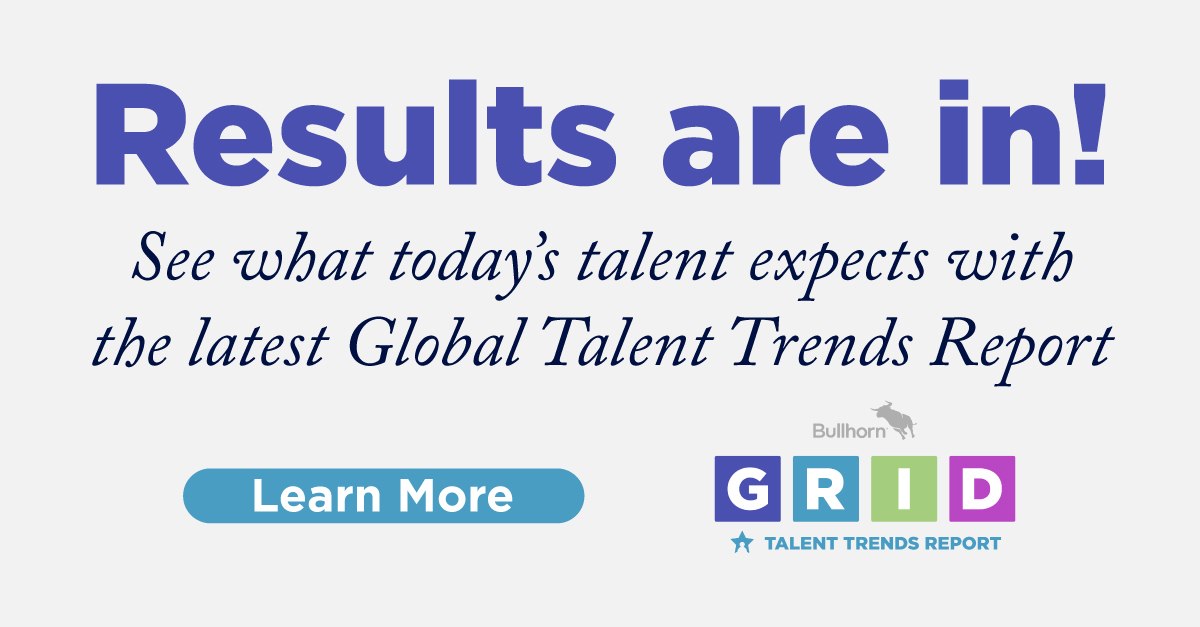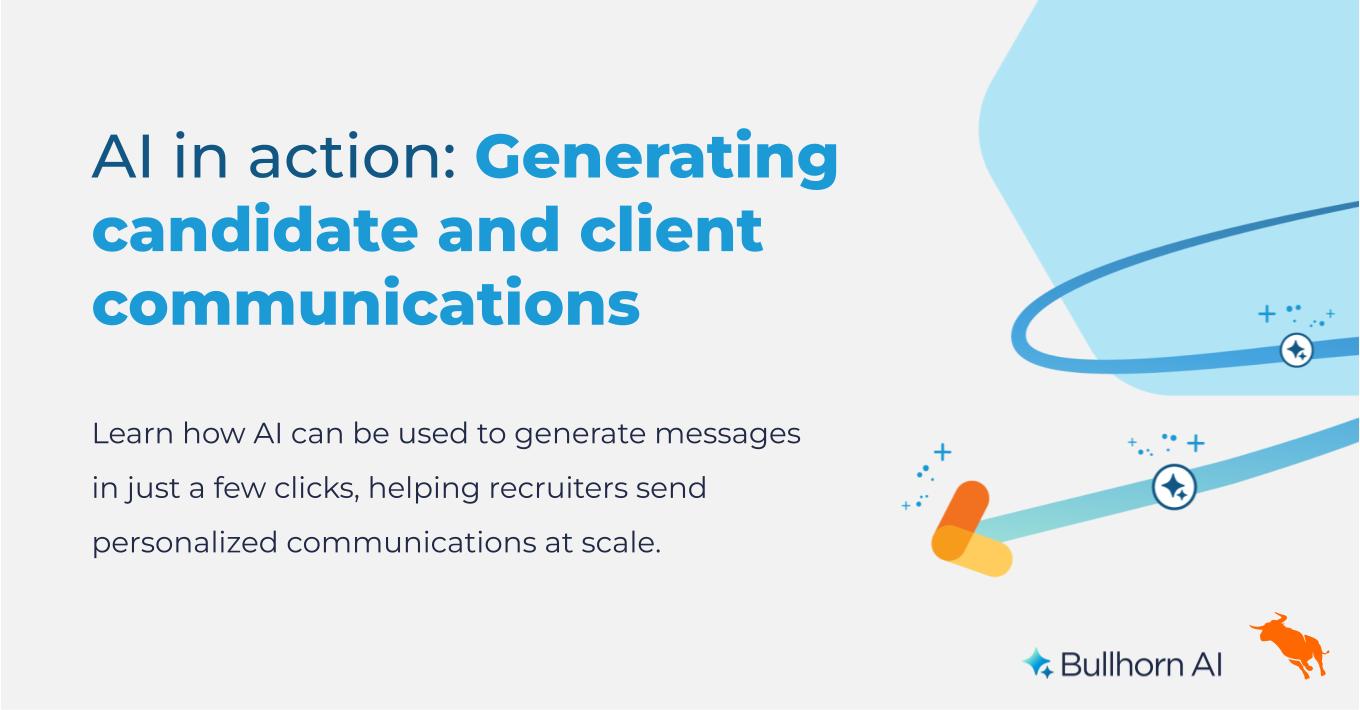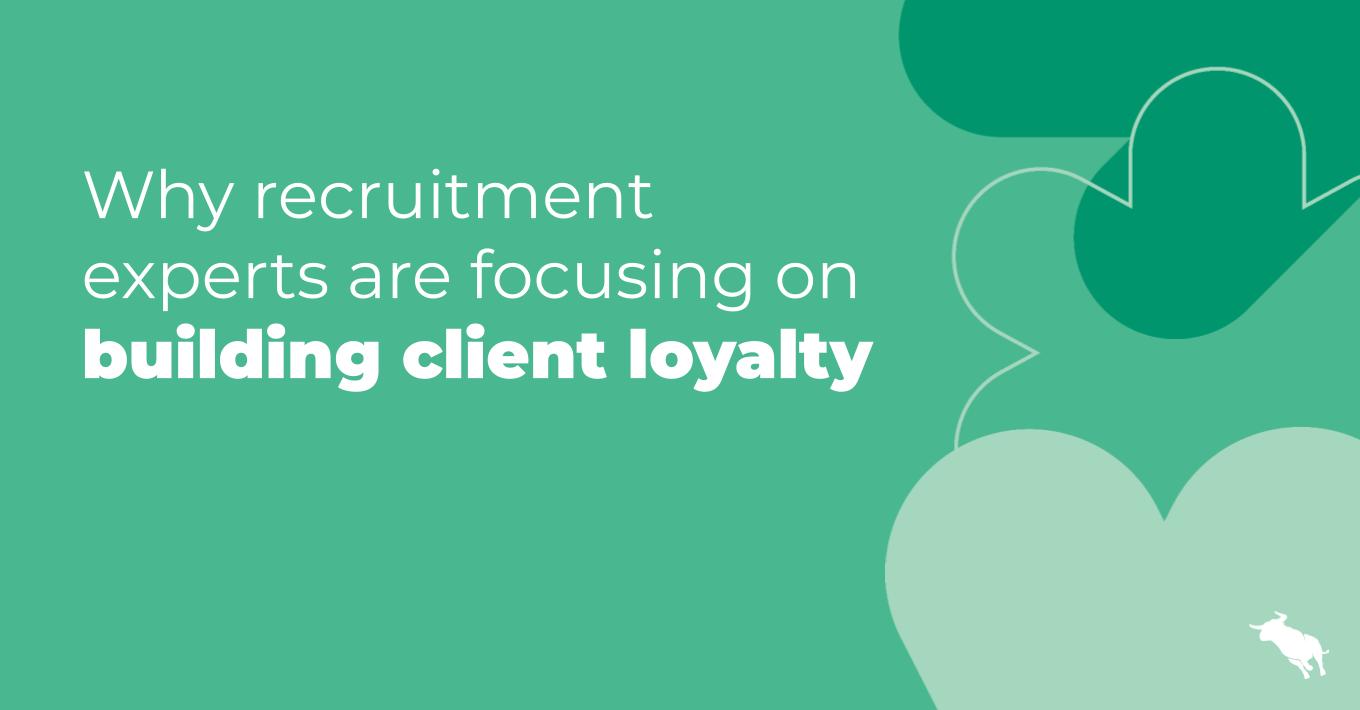Post-GDPR Recruitment Top Tips: Nail Candidate Onboarding and Redeployment

We’ve stressed the importance of providing a fantastic candidate experience before, after all – happy applicants will return for further redeployments and will boost referrals. This is something more relevant than ever now that GDPR has come to pass, and the sourcing of new talent has become more difficult. In fact, the 2018 UK Recruitment Trends Report reveals that the best sources for talent over the past year are referrals from current candidates and the existing talent in CRMs. It’s clear that providing a great service now really pays off in the long term.
While many agencies do provide an outstanding candidate experience throughout the application and interview stages, our research suggests that this begins to deteriorate once an offer is made. The vast majority (83 per cent) of agencies say candidates would rate them as good or excellent during the sourcing phase. 88 per cent think that’s true of their performance while clients are interviewing and selecting. However, this drops to 75 per cent during onboarding, suggesting many recruiters have an ‘out of sight, out of mind’ attitude to their placed talent.
These figures help explain the low redeployment rates for agencies: one-fifth of agencies place less than 15 per cent of candidates on their next assignment and one third re-deploy fewer than 25 per cent. That’s a lot of missed opportunity and revenue. And with the rise of a gig workforce, combined with the complications that come with GDPR compliance it’s perhaps more important than ever to get the process right at every stage if applicants are to return or recommend you to their peers.
So, what can your agency do to improve the onboarding process and, subsequently, increase the chances of professionals returning for their next assignment?
ABC – Always Be Communicating
Building and sustaining one-to-one relationships by keeping in touch with placed candidates is an absolute must. If you communicate with talent even when you aren’t considering them for an active role, they will know that you have a genuine interest in their success which extends beyond simply getting them into any role. Good communication now could lead to great communication later as, when the time comes for them to look for another job, you will be the first in mind.
There’s no ‘I’ in Team
It is also important to share the responsibility of candidate experience across your agency equally. Many firms leave it to individual recruiters or make it the responsibility of the operations or marketing departments. This could mean that once onboarding begins so does the disruption, and some professionals will never hear again from the recruiter that placed them. It’s no surprise that they feel disconnected enough to simply opt for a different agency the next time they are seeking a move. And with research suggesting that only 42 per cent of recruiters do share responsibility for the candidate experience, many agencies could be doing more to ensure that it is a team effort.
Automate For Efficiency
For agencies placing contingent workers, implementing technology that makes candidate onboarding a seamless and efficient process for candidates is essential. A key recruitment trend seen growing in prominence over the course of 2018. Are you able to electronically populate the key documents your contractors need – contracts and timesheets, for example- and track the progress of paperwork? Anything that stops candidates having to scan, print or post is going to simplify the onboarding process for them, improving experience and efficiency. Less time spent chasing forms means more time to spend on building relationships.
Recognise the Value of Gig Economy Workers
In our thriving gig economy and talent short markets, candidates who would be ideal for placing in successive temporary roles are valuable. Why then are so many agencies failing to effectively re-deploy them? It’s vital for recruiters to recognise the value of their contingent workers and secure themselves as the talent’s agency of choice. It’s worth noting that LinkedIn research shows gig workers are highly educated, well-connected individuals with 60 per cent having a higher degree than 45 per cent of non-contract workers. As Jon Addison, Head of Talent Solutions at LinkedIn UK says, these contractors can be a “goldmine” to recruiters, so “building a solid network of independent professionals will become crucial to reaping the rewards in the future of recruitment.”
What’s more, the very nature of freelancing means that gig workers typically have more contacts and wider networks. LinkedIn estimates that it’s as much as 2.2 times more than their full-time peers. That means that agencies that overlook gig workers are potentially losing out on wide-reaching word of mouth recommendations, too. On top of this, the demand for this talent pool is rising, with one recruiter from Odgers Connect saying, “we’re seeing rapid growth in opportunities for skilled independent professionals.” Given that these workers are driving changes in the UK labour market, failure to make the most of your relationship with them would put you at a considerable competitive disadvantage.
Engage London 2018 is only a few months away, why not register your interest and save yourself a front-row seat to keep up to date with the latest UK recruitment trends and best recruitment practices post-GDPR.









